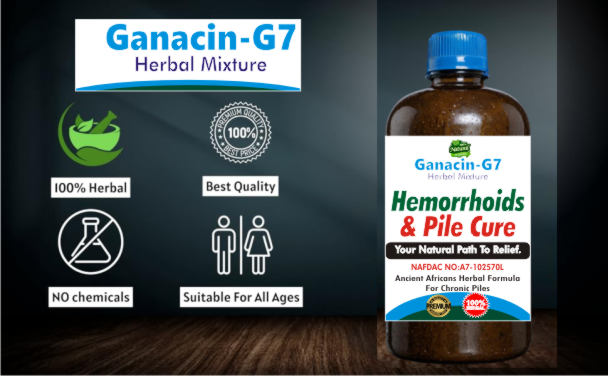The Most Powerful Natural Treatment That CRUSHES All Levels Of Pile (Hemorrhoid) Shoot-Out, Pains & Bleeding Regardless Of The Number Of Years Of Experience & Frustration.
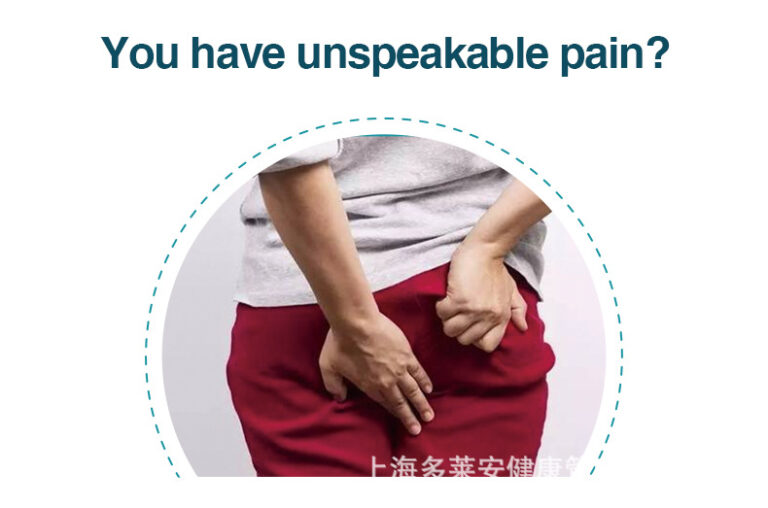
More than 100 thousand cases per year (Nigeria) 7 Out Of 10 People Battles With Pile hemorrhoid In Nigeria Due To Anything that puts pressure or strain on your anus or rectum . Discover The 100 % Natural And Effective

No Need to visit hospital or pharmacy Anymore.
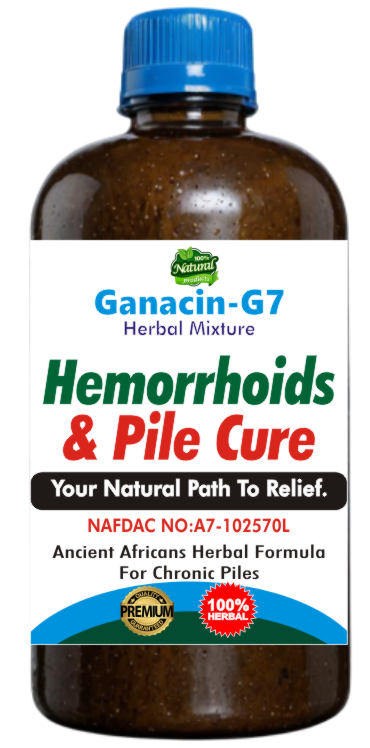
NAFDAC APPROVED A7-102570L
What Is Piles Or Hemorrhoids?
Pile is a swollen and inflamed veins in the rectum and anus that cause discomfort and bleeding. Hemorrhoids are usually caused by straining during bowel movements, obesity or pregnancy.
Several Treatments That May Not Work For Piles
Treatments such as hydrocortisone, anusol, witch hasel or lidocaine may not treat your pile because they are only used for prevention. Also, surgery can not cure internal or external pile permanently, as it may only work for some time but the pile will end up growing back. Pile may continue to give you discomfort if not treated rightly. In fact, it’s pains, itching and bleeding can stop you completely from going to your daily job. Untreated pile can also cause colon cancer, impotence in men and infertility in women.
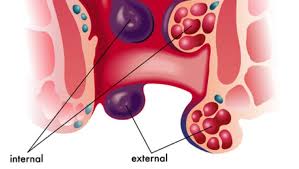
Faster, Better & Smarter Piles Cure,
100% NATURAL & SAFE | •Stop Bleeding | •Reduce Pain | •Remove Lumps |Burning & Pain
Hemorrhoids, also called piles, happen when clusters of veins in your rectum or anus get swollen (or dilated). When these veins swell, blood pools inside and causes the veins to expand outward into the membranes around your rectal and anal tissue.
internal hemorrhoids can swell and stick out of your anus. This is known as a prolapsed hemorrhoid.
There aren’t any nerves that detect pain in your rectum, so you may not always notice internal hemorrhoids. But they can cause symptoms if they grow larger, including:
- pain or discomfort
- itching
- burning
- noticeable lumps or swelling near your anus
- Bleeding while passing stool.
- Pain in the anal area.
- A Formation of lump beside anus.
- A Swelling growth near the anus region.
- Itching and pain.
- Feces traveling through your rectum can also irritate an internal hemorrhoid. This can cause bleeding that you may notice on your toilet tissue.
See your doctor if an internal hemorrhoid causes you a lot of pain or discomfort, or if you experience bleeding from your rectum. Find out more about treatments below.
If you’re having a lot of pain during bowel movements, this may be due to an abscess or fissure in the anus or rectum rather than a hemorrhoid.

Symptoms of Piles You Should Not Ignore
Bleeding During Bowel Movements
Bright red blood on toilet paper or in the stool.
Pain or Discomfort Around the Anus
Especially when sitting, walking, or passing stool.
Itching or Irritation
A constant urge to scratch the anal area.
Swelling or Lumps Near the Anus
You may feel a soft lump or bulge, especially after passing stool.
Mucus Discharge
Sticky or slimy discharge from the anus.
A Feeling of Incomplete Evacuation
It feels like something is still left inside after using the toilet.
Difficulty Sitting or Walking
Due to pain, swelling, or pressure.
What causes hemorrhoids?
Causes of Piles:
- Piles mean a group of swollen veins in the anus region of our body. There are numerous reasons due to which anyone may develop piles. In facts, some individuals are in the high-risk zone.
- Genetic history of weak rectal veins.
- Less fibrous food in their daily diet.
- Sitting or standing for long hours.
- Pregnancy.
- Constipation.
- Obesity.
- The habit of eating spicy and junk food.
- Lack of hygiene.
- The habit of drinking less water.
- The habit of lifting the heavy load.
- Grade I: There are small inflammations, usually inside the lining of the anus. They are not visible.
- Grade II: Grade II piles are larger than grade I piles, but also remain inside the anus. They may get pushed out during the passing of stool, but they will return unaided.
- Grade III: These are also known as prolapsed hemorrhoids, and appear outside the anus. The individual may feel them hanging from the rectum, but they can be easily re-inserted.
- Grade IV: These cannot sometimes be pushed back in and need treatment. They are large and remain outside of the anus and cause a lot of pain and bloody. get our organic effective medicine that gives you the best solution to your piles issue.
External piles form small lumps on the outside edge of the anus. They are very itchy and can become painful if a blood clot develops, as the blood clot can block the flow of blood. Thrombosed external piles, or hemorrhoids that have clotted, require immediate medical treatment.
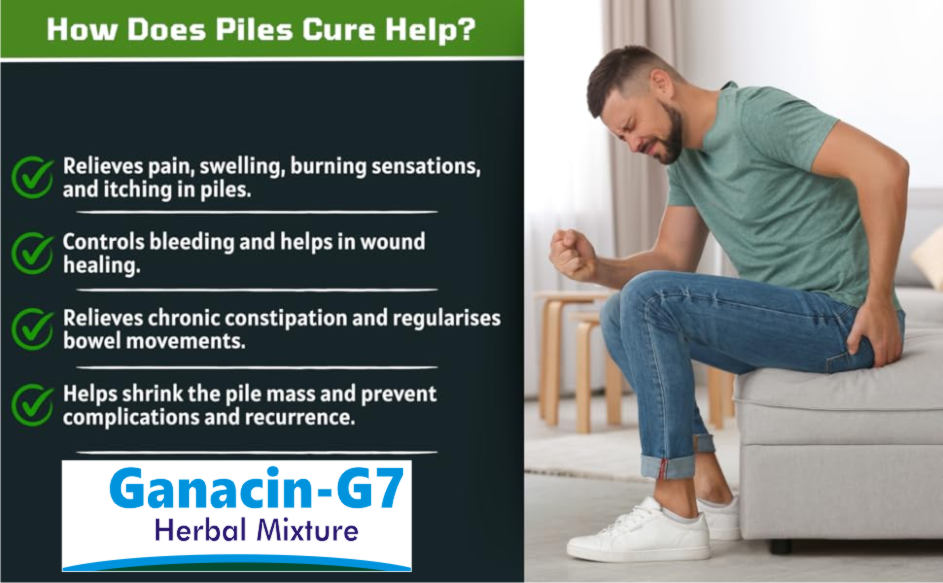

💥 Benefits of Ganacin G7 Pile Cure
✔️ Reduces anal pain and inflammation
✔️ Stops bleeding and itching fast
✔️ Heals internal & external hemorrhoids
✔️ Shrinks pile tissues naturally
✔️ 100% herbal and safe with no side effects
✔️ Works for both men and women
👩⚕️ Who Needs This?
Ganacin G7 Pile Cure is perfect for:
People who sit or stand for long hours
Pregnant women or postpartum mothers
People with constipation or straining during stool
Anyone with a history of piles or anal discomfort
🛑 Don’t Let Piles Control Your Life!
Take charge with Ganacin G7 Pile Cure – your natural path to relief.
INTRODUCING OUR NATURAL PILE CURE GUARANTEED FOR TOTAL CURE
Ganacin G7 Herbal Mixture is a new organic solution or remedy that has helped many men and women to overcome their piles issues permanently without side effects. It is approved and no age limit for use. This discovery has stopped many doctors and hospitals from recommending over-the-counter cream or suppositories containing hydrocortisone or use pads containing witch hazel or a numbing agent for patients having piles.
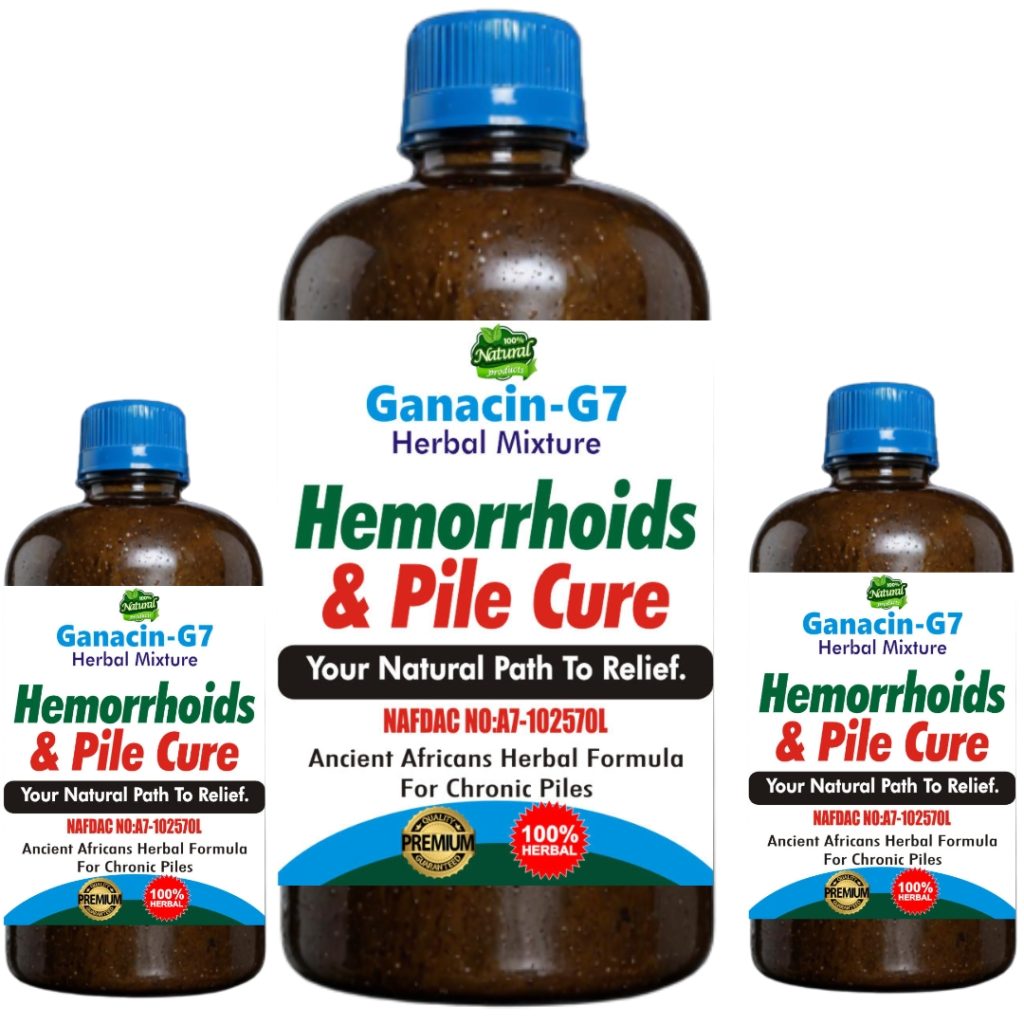

NAFDAC APPROVED A7-102570L
Do you suffer from itching, blood stains in stool, painful boils with burning sensation in your anus whenever you use the toilet?
Ganacin G7 Herbal Mixture is specifically designed to address various symptoms associated with piles, including pain, bleeding, irritation, and excess discharge.
- Proven Efficacy: The product claims to have proven efficacy in treating piles, providing a potential solution for individuals dealing with this condition.

DON’T ALLOW YOUR PILES TO GET WORSE, STOP THE EMBARRASSMENT AND GET IT CURED NOW
BE SMART TO GET YOUR PACK NOW AND CURE PILE PERMANENTLY

🚚 Order Now & Get FREE Delivery!
Limited stock available — Don’t wait until the pain returns.
Take action now and start enjoying the rest of your life.
I wish you a good and a sound health.
